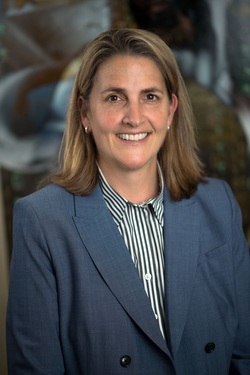|
|
Abstract:
Additive manufacturing, or 3D printing, has taken the technical community by storm, especially with the continuous stream of new materials that are available, including a variety of nanomaterials. Exciting alternatives to conventional manufacturing methods are being developed by university researchers, national labs, start-ups, and large corporations, with promising results to achieve more efficient structures and products. Powdered flux materials, composite ink formulations, and luminous photoresist coatings are among many intriguing technologies that could provide needed breakthroughs to better enable additive manufacturing. An overview of the patent landscape relative to these new technologies and players in the field is provided, highlighting opportunities and roadblocks to the future deployment of advanced materials in additive manufacturing.
Additive manufacturing, or 3D printing, has taken the technical community by storm, especially with the continuous stream of new materials that are available, including a variety of nanomaterials. Exciting alternatives to conventional manufacturing methods are being developed by university researchers, national labs, start-ups, and large corporations, with promising results to achieve more efficient structures and products. Powdered flux materials, composite ink formulations, and luminous photoresist coatings are among many intriguing technologies that could provide needed breakthroughs to better enable additive manufacturing. An overview of the patent landscape relative to these new technologies and players in the field is provided, highlighting opportunities and roadblocks to the future deployment of advanced materials in additive manufacturing.

Bio:
Ms. Burris was an aeronautical engineer with McDonnell Douglas and Boeing in the late 80s and throughout the 90s, working in the areas of advanced structural design and manufacturing technology, primarily with composite materials. In addition to her undergraduate degree in Aeronautical Engineering, Ms. Burris has a Masters degree in Materials Science and Engineering and also a law degree.
Ms. Burris is now an intellectual property (IP) attorney and after practicing as a partner with two large national IP firms, she has recently founded Burris Law, PLLC, based in Detroit, Michigan. She focuses her practice on U.S. and foreign patents in the mechanical, materials science, and electrical arts. She also develops strategies and performs due diligence with mergers and acquisitions, in addition to managing corporate IP portfolios and policies.
A licensed pilot since 1984, Ms. Burris serves on a variety of volunteer missions through the Angel Flight/Air Charity Network to transport people with medical conditions, military personnel and their families, and medical supplies.
Ms. Burris was an aeronautical engineer with McDonnell Douglas and Boeing in the late 80s and throughout the 90s, working in the areas of advanced structural design and manufacturing technology, primarily with composite materials. In addition to her undergraduate degree in Aeronautical Engineering, Ms. Burris has a Masters degree in Materials Science and Engineering and also a law degree.
Ms. Burris is now an intellectual property (IP) attorney and after practicing as a partner with two large national IP firms, she has recently founded Burris Law, PLLC, based in Detroit, Michigan. She focuses her practice on U.S. and foreign patents in the mechanical, materials science, and electrical arts. She also develops strategies and performs due diligence with mergers and acquisitions, in addition to managing corporate IP portfolios and policies.
A licensed pilot since 1984, Ms. Burris serves on a variety of volunteer missions through the Angel Flight/Air Charity Network to transport people with medical conditions, military personnel and their families, and medical supplies.

